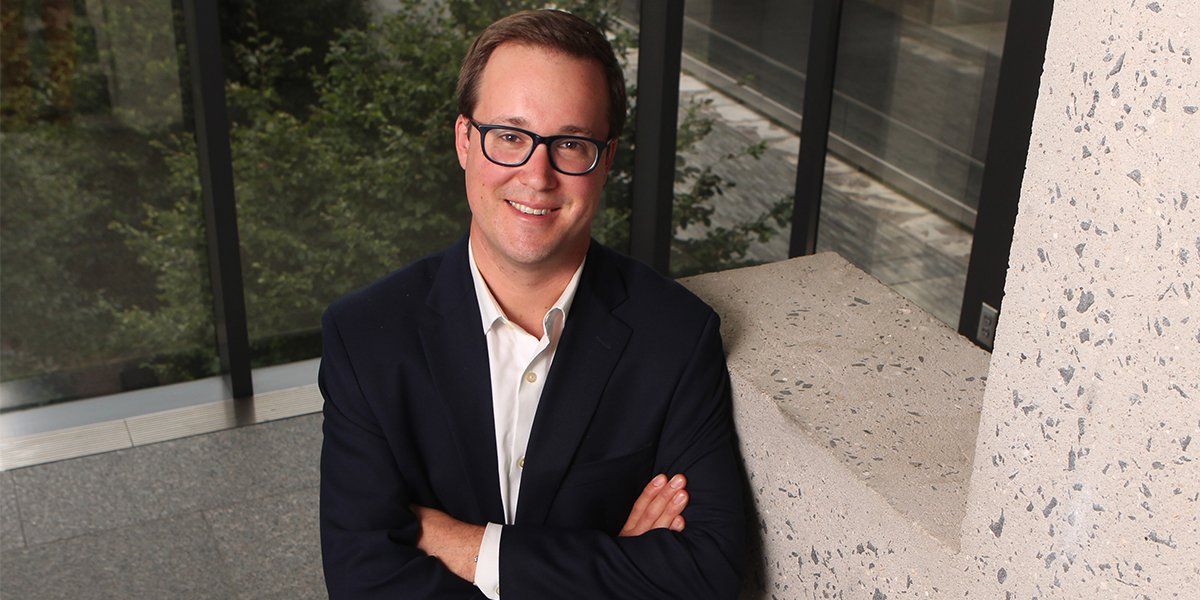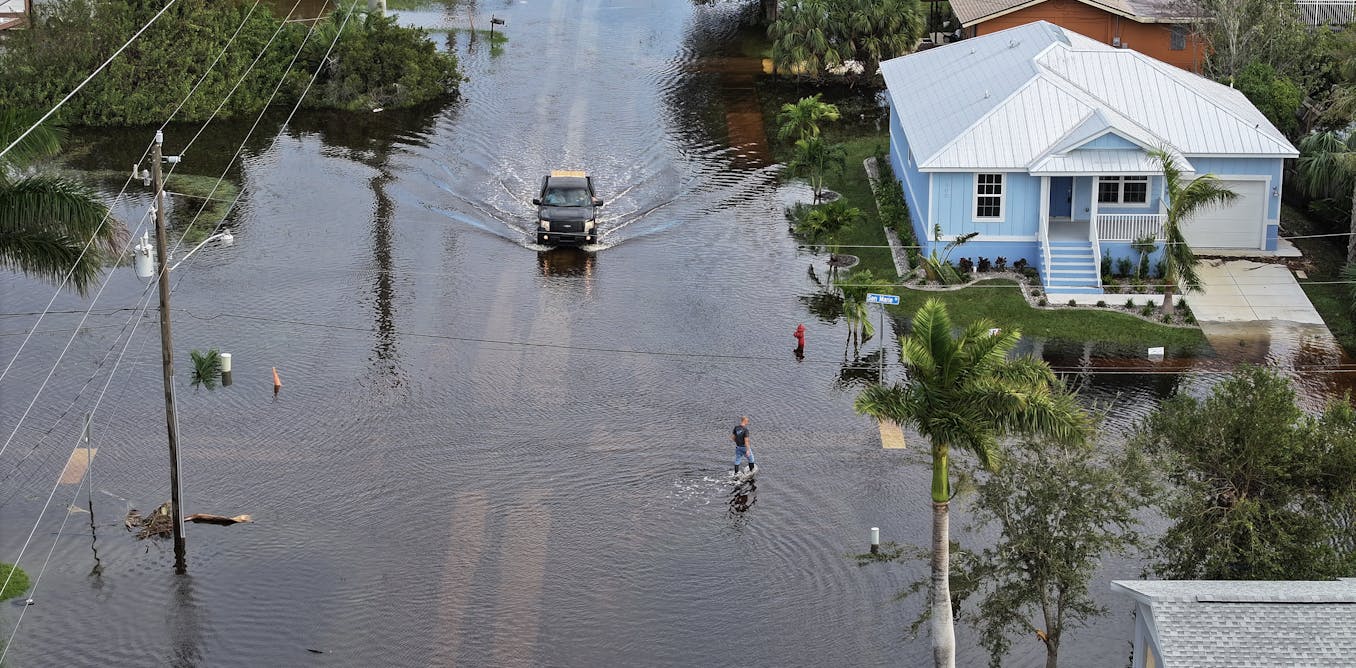In the past two years, the U.S. Congress has provided hundreds of billions of dollars to speed the deployment of clean-energy technologies. These investments are one reason why the International Energy Agency (IEA) in September insisted that there’s still hope to hold global temperature rise to 1.5 °C in this century.
Thousands of Washington insiders and climate activists have had a hand in these legislative breakthroughs. Among the most articulate and almost certainly the wonkiest is Jesse Jenkins, a professor of engineering at Princeton University, where he heads the ZERO Lab—the Zero-carbon Energy systems Research and Optimization Laboratory, that is.
In 2021 and 2022, during the high-stakes negotiations over what became the Infrastructure Investment and Jobs Act and the Inflation Reduction Act, the ZERO Lab and the San Francisco–based consultancy Evolved Energy Research operated a climate-modeling war room that provided rapid-fire analyses of the likely effects of shifting investments among a smorgasbord of clean-energy technologies. As legislation worked its way through Congress, Jenkins’s team provided elected officials, staffers, and stakeholders with a running tally of the possible trade-offs and payoffs in emissions, jobs, and economic growth.
Jenkins has also helped push Congress to think more seriously about the power grid, releasing a report last year that showed that much of the 43 percent emissions reduction expected by 2030 would be squandered if the United States doesn’t double the pace of transmission upgrades.
As TheWall Street Journal noted in a July 2023 profile, Jenkins has played an “outsized role” in determining where federal cash can have the biggest impact, and politicos like White House clean-energy advisor John Podesta name-drop the professor and his numbers to sell their ideas.
IEEE Spectrum contributing editor Peter Fairley recently spoke with Jenkins via Zoom about where the U.S. energy system needs to go and how the latest energy models can help.
Jesse Jenkins on:
The Rapid Energy Policy Evaluation and Analysis Toolkit—REPEAT—which you developed at Princeton with Evolved Energy Research, influenced Congress to create massive incentives for clean-energy tech. How did REPEAT come together?
Jesse Jenkins: In early 2021, given the results of the U.S. presidential election, it seemed that we were entering one of those rare windows where you might see substantial policy action on climate and clean energy.
Jesse Jenkins and his collaborators used the REPEAT energy model to project the greenhouse-gas reductions resulting from recent U.S. clean-tech legislation. The target of reducing emissions by 50 percent by 2030 was established through an executive order in 2021. ZERO Lab, Evolved Energy Research
The U.S. government was going to try a whole bunch of different government interventions—incentive programs, tax credits, grants, infrastructure investments—to bend the trajectory of our…
Read full article: The Complex Calculus of Clean Energy and Zero Emissions

The post “The Complex Calculus of Clean Energy and Zero Emissions” by Peter Fairley was published on 11/20/2023 by spectrum.ieee.org



































